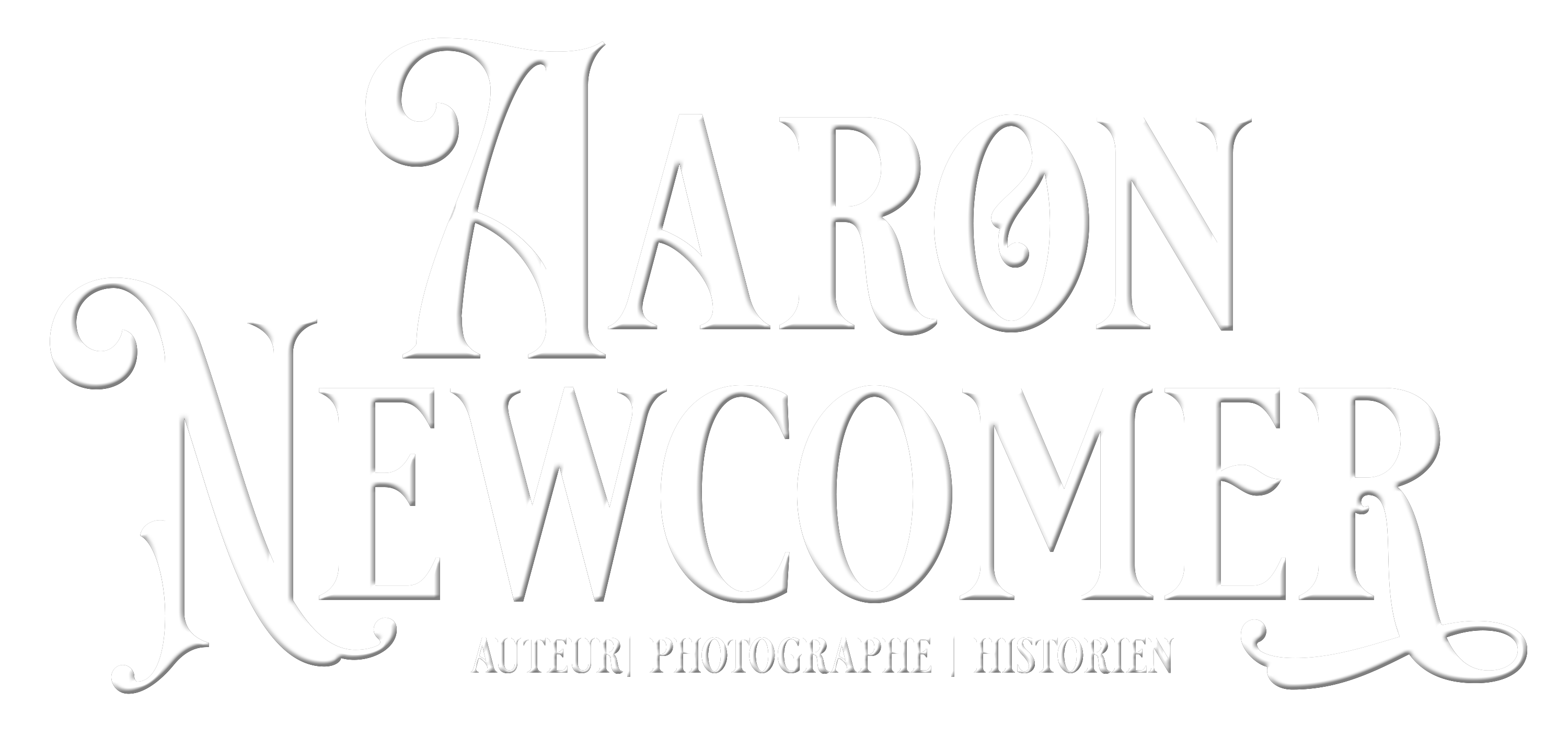An experimental horizontal pinfire cartridge by Johann Jacob Peter of Stuttgart, Germany


This article will take a look at a horizontal pinfire cartridge that has been unknown for quite some time. For awhile after I acquired it I could not figure out much about its history. But after discussing it with Fede Graziano we were able to get a little better understanding of it. This is the 14.5×48/49R Horizontal Pinfire cartridge and it was manufactured for or by Johann Jacob Peter of Stuttgart, Germany.

In 1865 The Royal Bavarian Army formed a committee called the Handfeuerwaffen-Versuchcommission with the goal of finding a new breechloading rifle and developing a conversion system for their Podewils rifled musket that had been around since 1858. Various people submitted conversion systems and rifles to the trial but the winner ended up being the American manufacturer, Edward Linder. His system converted the muskets into breech loading percussion rifles.

He also created a paper cartridge that conveniently held the percussion cap in a small grove at the bottom of the cartridge. Another person who submitted a design for the trials was Captain A. Mattenheimer of the 14th Bavarian Infantry Regiment. In 1868 he wrote a book called, Die Patronen der Rückladungs-gewehre, or Cartridges for Breech-Loading Rifles. This book was translated into English and republished in 1989 which made it significantly easier for me to read!
In this book, Mattenheimer talks about all sorts of cartridges that were around at the time. Both the original and the republished book come with 2 large, fold-out posters showing the images referenced throughout book. I have a couple of them pictured above. The one on the left is the horizontal pinfire cartridge we will be discussing. Next to it is a variation and then finally the Linder cartridge I mentioned.


Now back to 1865. A German military newspaper, Allgemeine Militär-Zeitung, published an article about J. Peter, detailing his new gun and conversion system.

The article states he is a gunsmith and that he is in the 2nd Infantry Regiment. It describes a new rifle he has built that uses the newest technologies and states it is different from all of the other weapons of the past. It calls it an improvement over various models including Needlefire rifles and Linder’s conversion system.
He details that the cartridge uses the same bullet as Linder’s cartridge but has a significant feature in that it does not foul the barrel. This goes back to what we talked about last time I wrote on horizontal pinfire cartridges. Since the explosion starts at the base of the bullet and then travels backward before building up enough pressure to propel the bullet, there is more time to burn up the powder and less burning power travels down the barrel. He then goes into some of the technical details on the features of his conversion system and his patented breech action.
So from this article, I can not say for sure that this cartridge and gun were officially in the running against Linder and Mattenheimer and others in the trial. However, the muskets were not converted to the Linder system until 1867, so Peter was definitely positioning his system well before that and it was definitely made as an experimental cartridge for those guns.
Peter also filed for a provisional British patent 1066 on April 16, 1866 for the mechanism of his breech action. I do not know the information of any German patents he may have filed but it is likely he did.
Another interesting piece of the puzzle comes in the form of another British patent 2542, from October 4, 1865. It pictures this same cartridge in figure 48. It was filed by F.J Jones and J. Jones. I do not know if they had an agreement with Peter, or just saw an opportunity in something he did not patent in England? Or maybe they manufactured the cartridge for him.
One of the more notable aspects of this cartridge, in my opinion, compared to other horizontal pinfires is that it seems to have a much stronger pin. There is also a small piece of steel above the primer to help act as an anvil and prevent the strong pointed pin from piercing the soft lead. It’s definitely a neat cartridge with a really interesting story behind it; even if I don’t have it completely figured out yet.











 Bonjour, je m'appelle Aaron Newcomer. Je suis collectionneur et chercheur sur les systèmes d'armes à feu à chargement par la culasse du début du 19e siècle, avec un intérêt particulier pour les travaux de Jean Samuel Pauly et Casimir Lefaucheux. Je collectionne les cartouches et les documents liés à ces types d'armes à feu et je mène des recherches sur ces sujets, approfondissant ma compréhension et ma connaissance de ces armes historiques et leur place dans l'évolution de la technologie des armes à feu. Ma collection et mes recherches reflètent mon engagement à préserver et à comprendre l'histoire et les innovations techniques de ces systèmes d'armes à feu anciens.
Bonjour, je m'appelle Aaron Newcomer. Je suis collectionneur et chercheur sur les systèmes d'armes à feu à chargement par la culasse du début du 19e siècle, avec un intérêt particulier pour les travaux de Jean Samuel Pauly et Casimir Lefaucheux. Je collectionne les cartouches et les documents liés à ces types d'armes à feu et je mène des recherches sur ces sujets, approfondissant ma compréhension et ma connaissance de ces armes historiques et leur place dans l'évolution de la technologie des armes à feu. Ma collection et mes recherches reflètent mon engagement à préserver et à comprendre l'histoire et les innovations techniques de ces systèmes d'armes à feu anciens.





LAISSEZ UN COMMENTAIRE